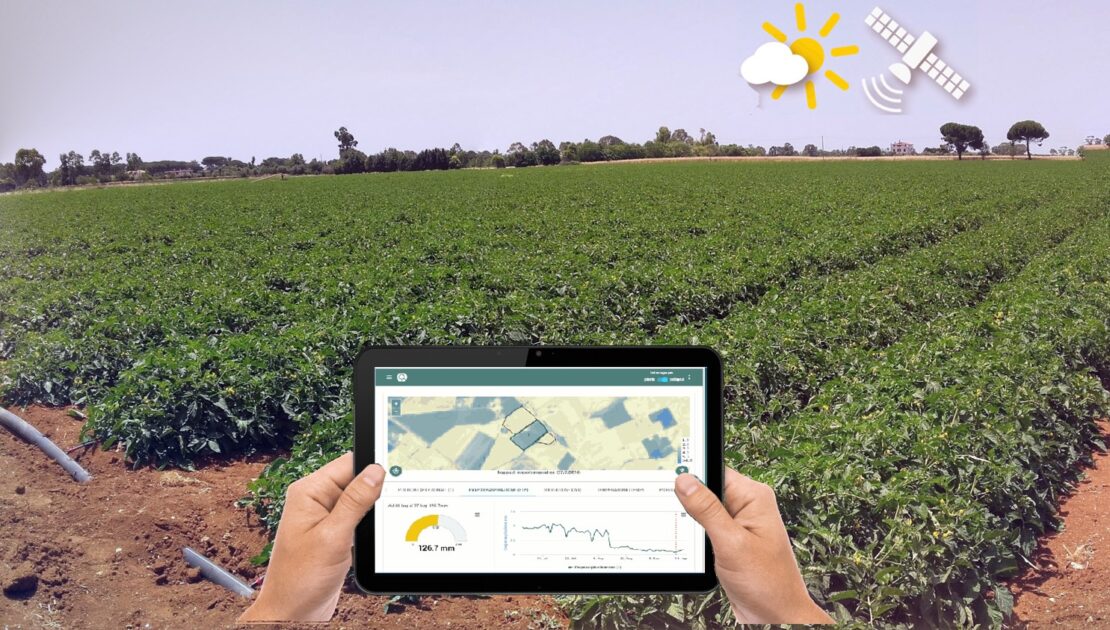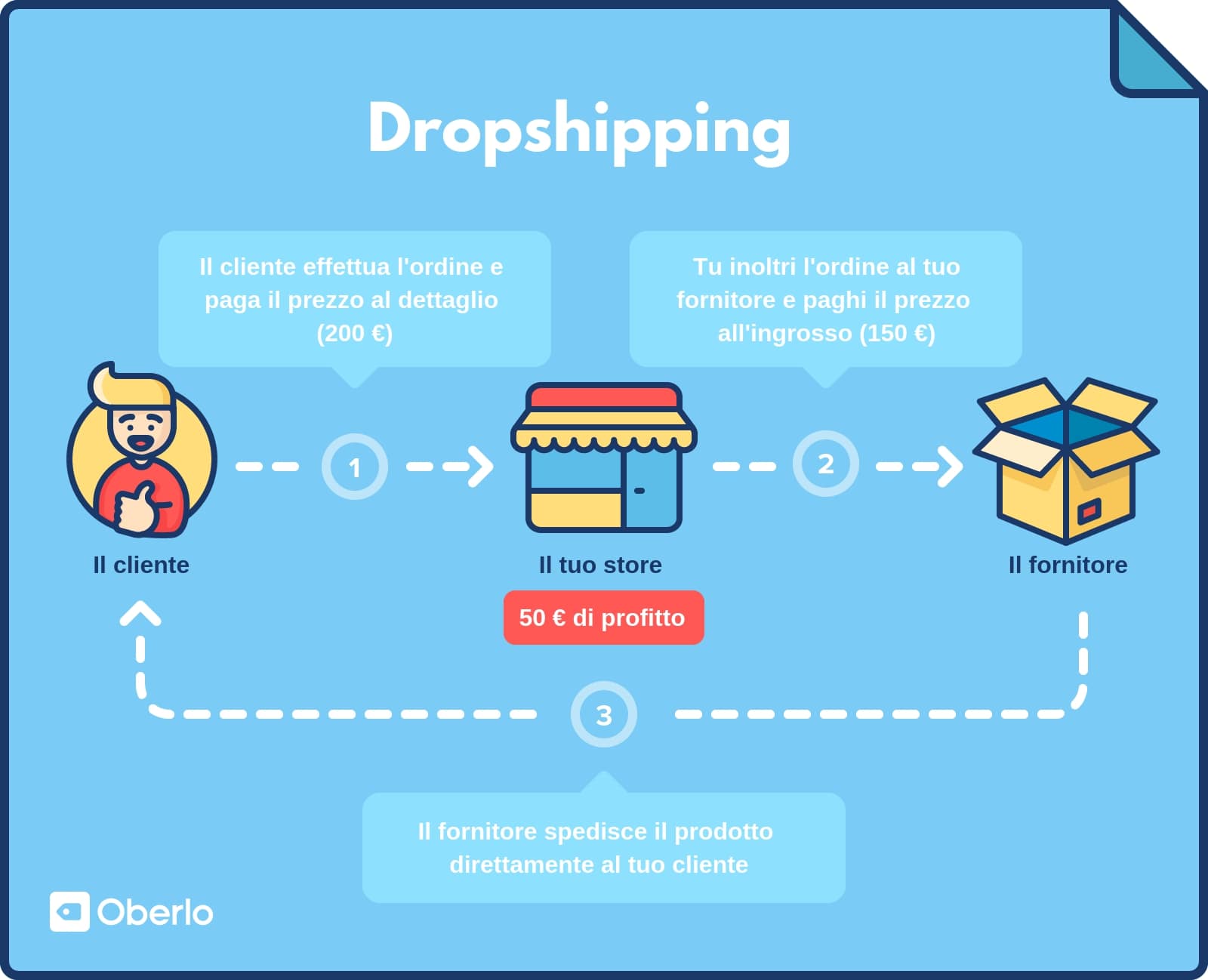Nutrient Management Systems for Sustainable Farming


The future of farming is sustainable and environmentally conscious. The traditional system of fertilizing a crop with chemical-based products will not suffice to feed the world’s growing population or provide enough food for those in poverty.
Nutrient management systems are a way to sustainably farm by using natural, organic methods. These methods use crop rotation, cover cropping, composting, mulching, and other techniques to maintain fertile soil that supports the agricultural system.
This blog post will discuss sustainable farming with nutrient management systems. We will also show you some examples of these organic practices in action!
How Nutrient Management Systems Work
A nutrient management system recycles organic materials on the farm to create a sustainable food production system. The goal of these systems is to keep the nutrients in the soil and recycle them through the crops.
This reduces erosion and keeps the soil healthy. Nutrient management can also increase crop yields and improve the quality of food.
There are many different ways to set up a nutrient management plan. The most important part is to use the right combination of methods for your specific farm. Common techniques include cover cropping, composting, green maturing, and crop rotation.
Cover Cropping
Cover cropping is a way to protect the soil from erosion and to add organic matter to the soil. The plants used for cover cropping can be either annual or perennial. Annual plants are specifically for cover cropping, while perennial plants are mainly for other reasons but also provide some cover cropping benefits.
There are many different types of cover crops, and the best one for you will depend on your location, planting time, and what you want to accomplish.
Common cover crops include cereal rye, vetch, numerous grasses, buckwheat, crimson clover, and many more!
Composting
Composting is a simple yet effective way to build soil organic matter and increase fertility. A compost pile uses decomposing organic materials to create a nutrient-rich substance that feeds the soil. Some examples include windrow, pit/trench, and sheet.
Mulching
Mulching is another simple and effective way to build soil organic matter. A mulch reduces erosion on sloped areas, suppresses weeds, warms the soil, and can conserve water. Different mulches vary in their characteristics, such as wood chips, leaf litter, rice hulls, newspaper sheets, and many more.
Crop Rotation
Crop rotation is a great way to manage pests and diseases and add nutrients back into the soil. You grow different crops in succession on the same land with crop rotation. This keeps the soil healthy by giving it a chance to rest and by providing different nutrients to the plants.
In addition to these methods, nutrient management systems can also include mapping your fields, grazing livestock on the land, and planting cover crops between seasons or as a means of erosion control.
Benefits of Nutrient Management Systems
Many benefits come from implementing nutrient management systems. Some of these benefits include:
- Reduced erosion
- Improved soil health
- Reduced inputs
- Increased productivity
A few specific benefits of nutrient management systems are:
- Reduced erosion
- Lower input costs
- Improve water quality
- Use of less energy
- Greenhouse gas emissions
Conclusion
Nutrient management systems can be an integral part of any farming operation. They recycle organic materials to create a sustainable system that reduces erosion, improves soil health, and conserves energy. These systems can reduce input costs and enhance the quality of water.




